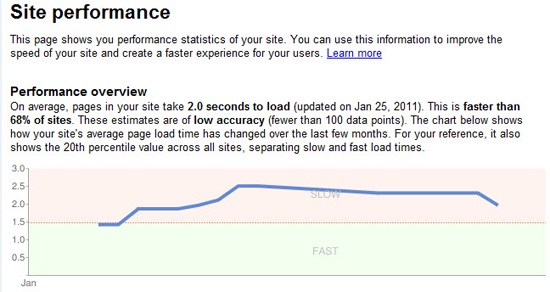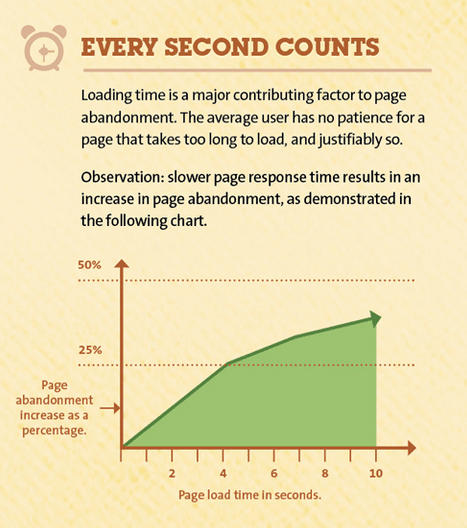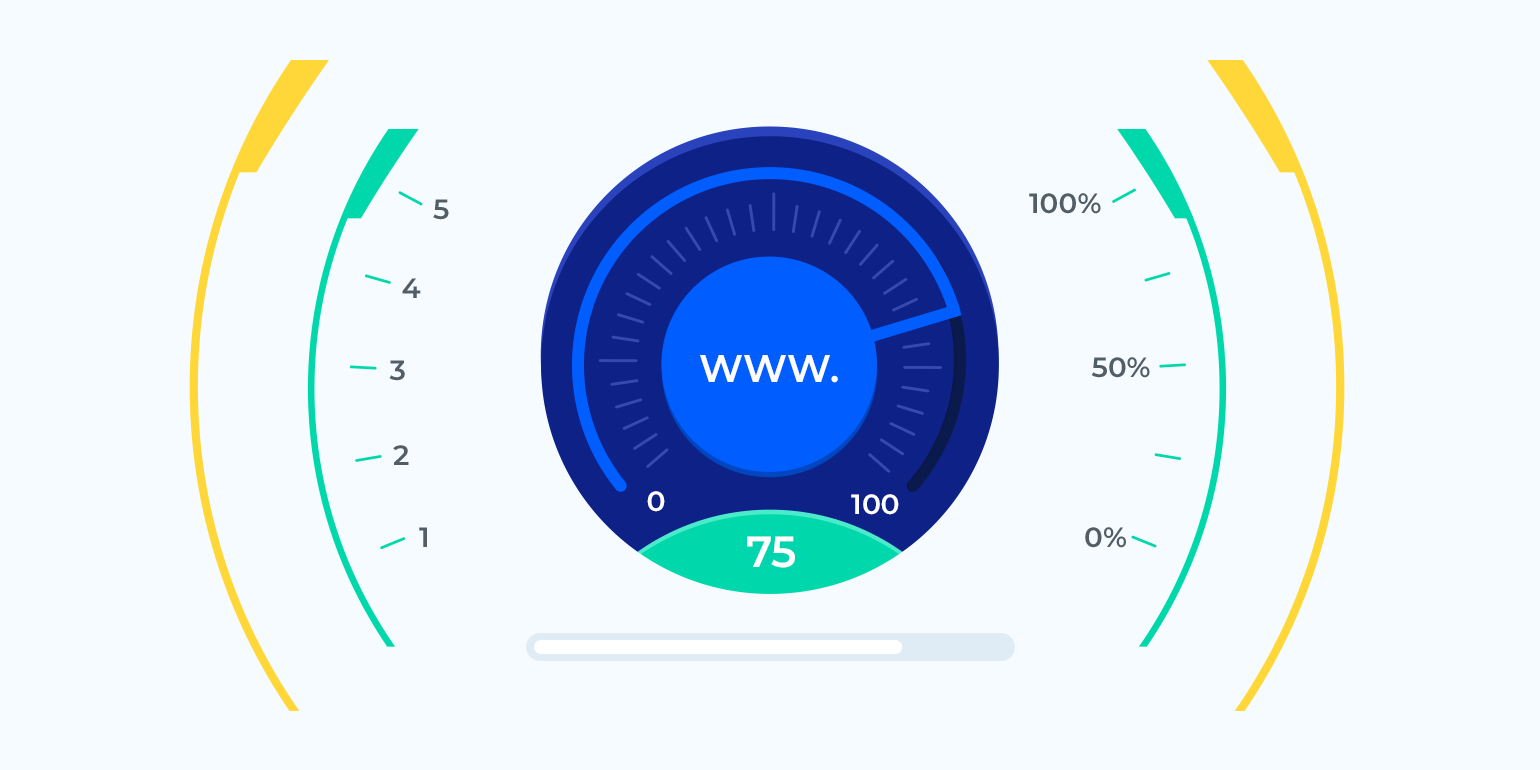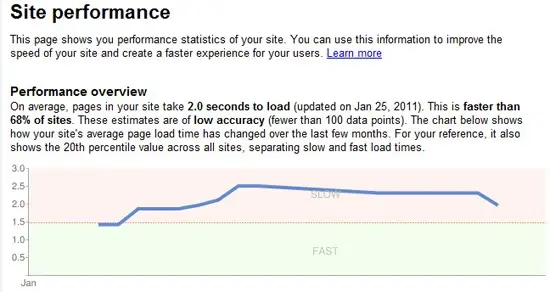Landing Page Load-Time Audit: Boost Herbacap Supplement Funnel Conversions
Let’s face it—slow landing pages kill conversions. Especially in the hyper-competitive world of supplement funnels like Herbacap, where users click with intent but bounce within seconds if your page doesn’t load fast enough. At NeuroTechInsider.com, we’ve audited dozens of health-tech and wellness brand pages—and performance speed always correlates with conversion success.
This audit dives deep into how to evaluate, diagnose, and fix your landing page performance. From Google PageSpeed to GTmetrix breakdowns, you’ll walk away with an actionable roadmap to speed up your Herbacap funnel and lower ad costs while boosting SEO.
Why Load Time Matters for Supplement Funnels
Today’s supplement consumer is impatient. If your page takes more than 3 seconds to load, you’re losing leads—and cash. The numbers don’t lie:
“A 1-second delay in load time can reduce conversions by 7%.”
– Hobo Web SEO Study
- Trust Impact: Slow load times reduce perceived brand credibility, especially for supplement brands promising fast results.
- Higher Bounce Rates: Every second of delay increases the chance that your visitor exits before even seeing your CTA.
- Lower ROI on Ads: Paid traffic is expensive. Slow pages lower your Quality Score, raising your cost-per-click.
SEO and Google Ad Quality Score Impacts
Google factors in page speed as a ranking signal—both in organic and paid search. If your Herbacap funnel loads slowly:
- Your rankings drop on Google SERPs
- Your Ad Quality Score goes down
- Your cost-per-click increases for every campaign
Simply put: speed isn’t just a user experience issue—it’s a bottom-line issue.
2025 Landing Page Speed Benchmarks
Wondering how your page stacks up? Here’s the industry standard for 2025:
| Metric | Good | Acceptable | Poor |
|---|---|---|---|
| Largest Contentful Paint (LCP) | ≤ 2.5s | 2.5–4s | > 4s |
| Full Page Load (Desktop) | ≤ 2.5s | 2.5–5s | > 5s |
| Full Page Load (Mobile) | ≤ 4s | 4–8s | > 8s |
| Time to First Byte (TTFB) | ≤ 0.8s | 0.8–1.8s | > 1.8s |

How to Run a Full Audit: Tools & Techniques
You don’t need to be a developer to perform a full-speed audit of your Herbacap landing page. Here are the essential tools to use:
1. Google PageSpeed Insights
Google PSI is the first stop. It tests LCP, CLS, and FID, and gives real-world performance scores based on Chrome User Experience data.
- Use it to identify render-blocking resources, uncompressed images, and non-optimized scripts.
- Recommendations are categorized by priority (High, Medium, Low)

2. GTmetrix Deep Dive
GTmetrix gives you a visual waterfall chart, which shows you what loads when—and what’s slowing you down. Key benefits:
- Breaks down requests by domain, size, and time
- Helps locate third-party bottlenecks
- Grades your page based on performance + structure

3. Pingdom & WebPageTest
If you want to test your page speed across multiple geographic locations, use:
- Pingdom Tools – Ideal for global audience testing
- WebPageTest – Use for detailed filmstrip and first meaningful paint

Key Metrics to Watch Like a Hawk
When auditing your Herbacap funnel, focus on these:
- LCP (Largest Contentful Paint): Measures when the biggest element on the page finishes loading.
- TTFB (Time to First Byte): Time taken for the server to respond after request.
- Total Page Size: Keep under 2MB—especially for mobile.
- Request Count: The fewer the better. Too many scripts and assets delay full load.
- Speed Index: Measures how quickly content is visually displayed during page load.
Pro Tip: You can track all these in GTmetrix under the “Performance” and “Structure” tabs for each audit run.
In the next section of this guide, we’ll walk you through practical optimizations you can make to your Herbacap landing page—from image compression to CDN strategies to JavaScript deferral.
Want us to continue with the second half?
Optimization Recommendations to Speed Up Herbacap
Now that we’ve diagnosed the common speed bottlenecks in your Herbacap landing page, it’s time to fix them. Here’s what we recommend based on hundreds of audits done at NeuroTechInsider.com and performance insights from leading conversion experts:
1. Compress Large Images
Images are the #1 culprit for sluggish load times. A beautiful product photo is useless if your page visitor bounces before they see it.
- Use modern formats like WebP or AVIF instead of JPEG or PNG
- Compress before upload using Squoosh or TinyPNG
- Lazy-load below-the-fold images to prioritize above-the-fold content
2. Minify and Defer JavaScript/CSS
Your page might be running dozens of scripts, tracking codes, or animation effects—and all of them eat into your Time to Interactive (TTI).
- Minify code using Minifier.org or build tools like Webpack
- Defer non-critical JavaScript—especially anything below the fold
- Use inline critical CSS for faster rendering
“Don’t let beautiful design cost you sales. Performance is part of UX.” – NeuroTechInsider.com
3. Upgrade Hosting or Use a CDN
If you’re hosting your Herbacap funnel on a shared or budget server, even your best optimizations may fail. Consider:
- Upgrading to faster infrastructure or dedicated servers
- Implementing a Content Delivery Network (CDN) like Cloudflare or BunnyCDN
- Serving static assets via CDN edge nodes to reduce latency globally
4. Eliminate Render-Blocking Resources
Google PageSpeed often flags resources that block rendering. Here’s how to fix them:
- Inline critical CSS using tools like CriticalCSS
- Defer or async load JavaScript that’s not essential on first paint
- Remove unused CSS/JS, especially from themes or plugins
Still seeing layout shifts? Investigate font loading, third-party widgets, or ad scripts that impact Cumulative Layout Shift (CLS).
Best Practices for High-Converting Supplement Funnels
Your supplement isn’t a SaaS—it’s a solution to a very real, very emotional user problem: health, wellness, energy, or sleep. The faster and smoother your page performs, the more trustworthy and actionable your product appears.
1. Optimize for Mobile First
Up to 70% of supplement funnel visitors come from mobile. If your mobile experience drags or glitches, you’re done.
- Design mobile-first, not just responsive
- Prioritize tap targets, load time, and legibility
- Use Google’s Mobile-Friendly Test to validate
2. Prioritize Above-the-Fold Content
What users see first must load first. This includes:
- Hero image and product name
- Primary value proposition or headline
- CTA button and scroll cue
Everything else can wait. Don’t make visitors scroll through blank space while your fancy testimonial slider loads.
3. Test Regularly With A/B Variations
Speed and conversion rate are not static. They evolve with each plugin update, copy tweak, or image change.
- Use A/B testing tools like VWO or Google Optimize
- Compare versions with and without animation, images, or scripts
- Track both conversion rate AND load time as key metrics
4. Continuously Monitor Performance
Use tools that send alerts when performance dips. This keeps your Herbacap funnel fast even months after launch.
- GTmetrix monitoring with scheduled testing
- WebPageTest scripting for advanced use cases
- Chrome extensions like Lighthouse or DebugBear for quick spot checks
Audit Checklist
- ✅ Audit with Google PSI, GTmetrix, Pingdom
- ✅ Optimize image formats and sizes
- ✅ Minify and defer CSS/JavaScript
- ✅ Implement CDN + faster hosting
- ✅ Prioritize mobile performance
- ✅ Use A/B testing to balance speed and design
- ✅ Monitor performance every month
Conclusion: Speed = Trust, Trust = Conversions
If you’re serious about growing the Herbacap supplement funnel, your speed needs to be your competitive edge. A sleek design and compelling copy won’t matter if they arrive 5 seconds too late.
At NeuroTechInsider, we’ve seen across multiple case studies how performance-first pages outperform creative-first pages—every time.
So here’s the plan:
- Run a full speed audit now using the tools above
- Fix your biggest blockers—images, scripts, and hosting
- Retest, then monitor over time
Start optimizing not just for search engines, but for real people with real problems. Because when your landing page delivers value fast, your product becomes the solution they’ve been waiting for.
Frequently Asked Questions (FAQ)
What’s a good page load time for a supplement funnel?
Ideally under 3 seconds on desktop, and under 4 seconds on mobile. Anything slower risks high bounce rates.
What tools should I use to test Herbacap’s page speed?
Use a combination of Google PageSpeed Insights, GTmetrix, and WebPageTest for detailed diagnostics.
Will fixing my page speed help with SEO?
Absolutely. Page speed is a Google ranking factor and also affects your ad Quality Score on Google Ads.
Can I optimize page speed without a developer?
Yes. Tools like Squoosh, Minifier.org, and plugin-based CDNs make it possible for non-tech users to improve load time.
Want help optimizing your neurotech product’s landing page? Let’s talk. Visit NeuroTechInsider.com to explore more deep dives, case studies, and data-backed conversion strategies for the sleep, brain, and wellness tech industry.
